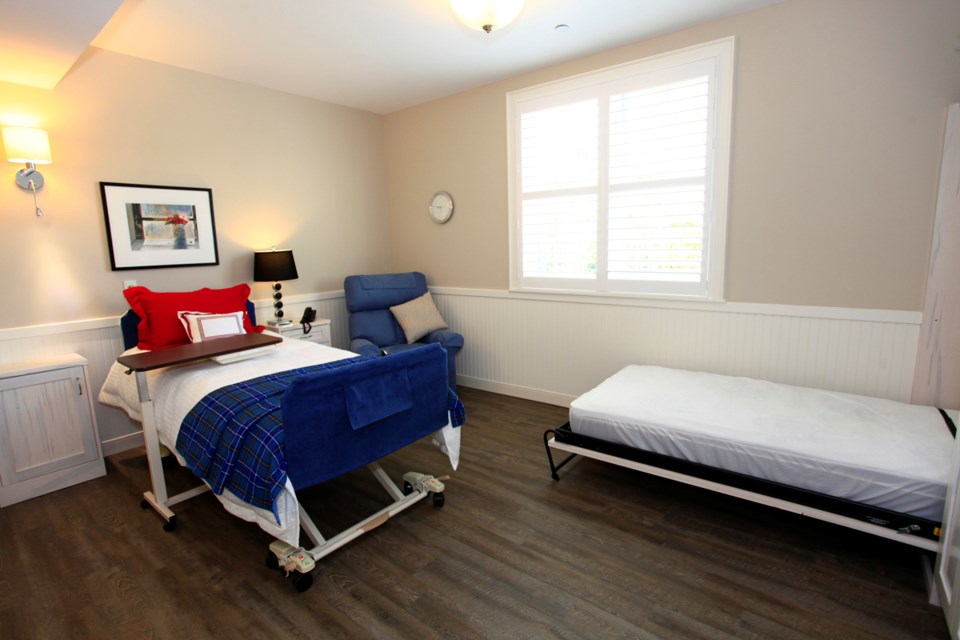A new partnership for hospice transport is being considered through the County of Simcoe, with a new model that could help ease some of the strain on Simcoe County’s hospital emergency departments.
During Tuesday’s (May 10) committee of the whole meeting, councillors got a glimpse at a new hospice alternative model-of-care proposal, which would see Simcoe County Paramedics being given the option to transport end-of-life patients directly to hospice, should that be part of the patient’s preferred care plan.
Hospice Georgian Triangle in Collingwood is one of five hospices county-wide that will take part in the year-long trial of the partnership.
“We’re hoping this will be the way moving forward,” Trish Rawn, executive director of Hospice Georgian Triangle, told CollingwoodToday.ca this week. “It’s a really exciting initiative and an awesome collaboration.”
Previously, if a person called 911 asking for an ambulance, that person is transported by paramedics to the local hospital for triage before further action is taken.
Under the new model, if the person has indicated that hospice is their preferred care plan, paramedics will now have the authority to contact hospice and make a determination to take the patient directly to hospice, bypassing the hospital step.
The move would not only free up hospital triage space, it would also prevent a person who is reaching the end of their life to have to wait in triage in a hospital.
“It avoids unnecessary trips to the ER, if possible, and it avoids a transition,” said Rawn. “Now, there will be options for folks who have a different care plan.”
On Nov. 1, 2019, amendments to the Ambulance Act and the Health Insurance Act took effect, allowing ambulance services to transport 911 patients to pre-hospital care centres other than hospital emergency rooms.
The new model will be a collaboration between Hospice Georgian Triangle in Collingwood, Hospice Simcoe in Barrie, Matthews House Hospice in Alliston, Hospice Huronia in Penetanguishene and Mariposa House Hospice in Orillia and will be overseen by Sunnybrook Centre for Pre-Hospital Care.
It will be implemented and evaluated for 12 months and re-evaluated by the Ministry of Health at that time for consideration of permanent program implementation.
The county staff report on the matter indicated there are no financial impacts expected, however it is anticipated there may be operational time and cost savings to both paramedic services and the healthcare system as a whole.
“I think it speaks to the way healthcare is going. They’re always looking at collaborations. We’re trying to build a system around patients,” said Rawn. “Hopefully, these types of collaborations will continue to build, because they make sense.”
During Tuesday’s meeting, Bradford West Gwillimbury Deputy Mayor James Leduc asked whether the county would consider adding Doane House Hospice to the list for the collaboration, which is located in Newmarket.
“I know it’s outside the county, but it does service residents in south Simcoe County,” said Leduc. “When it comes to Southlake being at 130 per cent capacity, it would be nice to see some residents not have to go into hallway healthcare.”
General Manager of Health and Emergency Services Jane Sinclair said the paramedic services team would be entering into discussions to look at a future partnership with Doane House as part of the new model.
At the end of discussion, county councillors voted in favour of receiving the report and allowing staff to sign a memorandum of understanding to get the program underway. The decision will need to ratified at the next regular meeting of county council before going into effect.



